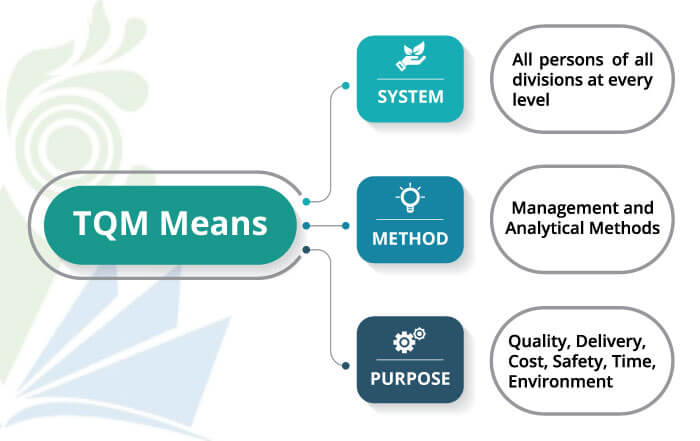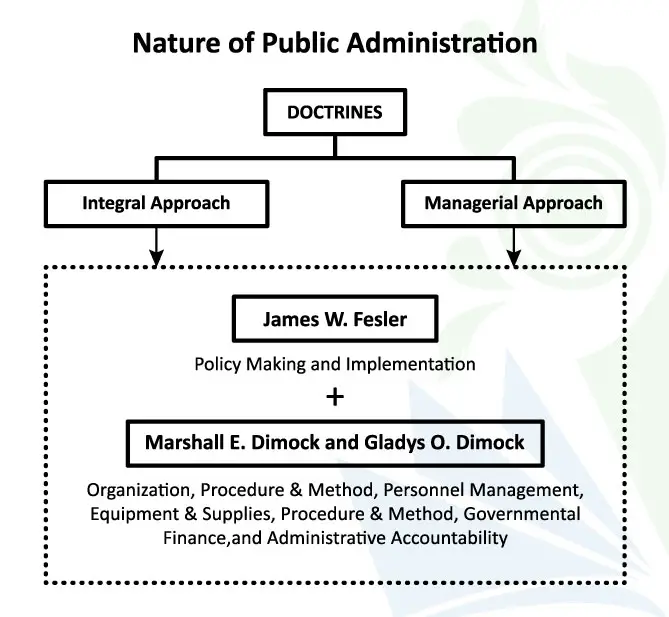What Is a Budget and Why Is It Important? – Types of Budgets
A very important question is what is a budget and why is it important. The budget is the main driving force of the government economy. As the budget reflects the political philosophy of the government, so does the picture of the country’s economy. The budget includes not only the government’s probable revenue-expenditure account but also a specific plan for revenue expenditure. For example, if the expenditure is more than the income, how the deficit will be filled, and if the income is more than the expenditure, what will be done with the surplus money, etc. are also written in the budget. In Bangladesh, the budget has to be prepared and approved in the National Assembly and with the consent of the President, the revenue and expenditure determined by the government and its system are implemented.
What is a Budget?
The budget is an important element of POSCORB in governance or public administration. A budget is a calculation of a country’s potential income and expenditure. The government has to run the country, pay the salaries of those who work for the government, and take various initiatives for the development of the citizens, including building roads. So the budget is the name of the plan where and how much will be spent in a particular financial year.

Government Budget vs. Individual Budget
Even a person has to calculate income and expenditure. But there is a fundamental difference in the state budget with the individual. The person first decides what the income will be, then determines the expenditure sectors. On the other hand, the state does the exact opposite. The state determines the expenditure sectors first. Then decide where the money will come from.
That is, the government understands the cost of income, and the individual understands the expenditure. If the expenditure does not match the income, the state can borrow money from home and abroad. Individuals can, but the limit is small. Because, if you borrow, you have to pay. The state also has to pay, but the state is not usually bankrupt for this. Borrowing can drag on year after year. The state creates this opportunity itself. However, as a result, the liability continues to grow.
The person first decides what the income will be, then determines the expenditure sectors. On the other hand, the state does the exact opposite.
What are the Types of Budgets?
According to the nature of government revenue and expenditure, the budget can be divided into two parts. These are the current budget and capital budget.
Current Budget
The budget that shows the current income and current expenditure of the government is called the current budget. Current income is collected from tax revenue and non-tax revenue.
- Notable among the tax revenue are value-added tax, income tax, property tax, land revenue, etc.
- Notable among the non-tax revenue are dividends and profits of various government institutions, interest on loans, etc.
This money from the budget is spent for the smooth running of the administrative work of the government and for the defense of the country. Among the expenditure sectors of this budget are education, public administration, judiciary, police administration, and health and family welfare. Since these sectors remain unchanged, this expenditure needs to be repeated in the budget every year. There is usually a surplus in the current budget.
Capital Budget
The budget in which the government’s capital income and expenditure accounts are shown is called the capital budget. The main objective of this budget is to achieve the socio-economic development of the country and its people.
The government implements the development plans by meeting the expenses incurred in running the country with the money earned by the government. The money allocated for this is also called the development budget. With this money, various projects (construction of roads, construction of bridges, rural development, construction of power plants, construction of schools, colleges, and hospitals, and various other developmental works) are implemented. To this end, the government formulates an annual development program and provides funds from both domestic and foreign sources as required for its implementation.
Sources of internal revenue are surplus revenue, private savings, bank loans, and the imposition of additional taxes. And the sources of foreign income are foreign loans, foreign grants, etc.
Balanced Budget and Unequal Budget
Whether the income and expenditure are equal or not, the state budget is of two types. Such as:
Balanced Budget
If the total revenue and total expenditure of the government are equal then it is a balanced budget. In other words, the probable income is equal to the total expenditure plan of the government.
Unequal Budget
Where income and expenditure are not equal. Unequal budgets can be of two types. Such as surplus budget and deficit budget.
- Surplus Budget: If the income is more than the expenditure, it is a surplus budget.
- Deficit Budget: The deficit budget is just the opposite. The higher the expenditure, the lower the income.
Which Type of Budget is good for State?
The question is, which budget is better? Developed countries usually have balanced budgets. However, it is not possible for everyone to have a balanced budget every year. Developed or rich countries have balanced budgets in line with the trade cycle. That is to say, the budget of a particular financial year is prepared by coordinating with the ups and downs of the economy. A balanced budget if the economic situation is good, a deficit budget if it is bad. Many developed countries legislate to create a balanced budget.
Economists believe that it is not a good idea to create a consistently balanced budget, but to adjust the budget in line with the economic situation. Because, a balanced budget reduces interest rates, and increases savings and investment. In addition, trade reduces the deficit. In the long run, the economy moves forward.
Generally, when the economy is in good condition, a balanced budget is made; when it is bad, deficit budgets are made to stimulate the economy. There was a time when the deficit budget was considered harmful and also the weakness of the government. The situation has changed now, but economists think that it is better to have some deficit in a poor country like Bangladesh. This increases the use of unused resources and puts pressure on them to fill the gaps. It stimulates the economy. It is not good to have more deficits. Deficits of up to 5 percent of gross domestic product (GDP) are generally accepted.
How to Overcome the Budget Deficit?
Budget deficits are often seen in different budgets. Now the question may arise in anyone’s mind, how to overcome this deficit. The budget deficit is met in two ways. Such as:
1. Foreign Sources
This is basically a foreign loan. The government borrows on easy terms from various donor agencies and countries. It is more tolerable for the economy to be able to cover deficits with more debt from this source. Because the interest rate is low and there is a lot of time to pay. However, the conditions are more.
2. Internal Source
The government can borrow from within the country to overcome the budget deficit. It happens in two ways. Such as the banking systems and non-bank systems. The non-bank system is to sell savings certificates. Thus the government borrows from the common people. There are two dangers to borrowing more from internal sources.
- If the government borrows more from the banking system, there will be less money for the private sector. As a result, investment is reduced.
- If the government takes a loan from a non-bank system, govt. has to pay a higher interest rate. The government has to allocate more money to pay interest. This increases the budget for the next financial year. If the government borrows more, inflation may also rise.
Revenue Budget and Income Budget
Two parts of the budget: revenue and development. The revenue portion contains an account of the expenditure incurred by the Government on its general functions and provision of essential services from internal revenue. And in the development part, there is an account of the expenditure incurred for the development work.
The budget that reflects the revenue and expenditure of the government is also called the revenue budget. This revenue budget is divided into two types depending on the type of income and expenditure.
Revenue Expenditure
Revenue expenditure is the cost of running the government. Revenue expenditure is also called a non-development budget. Non-development expenditure is three in bold. Such as-
- National Defense Cost
- Law and Order Cost
- Administration cost
Bangladesh is not a welfare state. Still trying to give the budget a humane look. For this various social programs are implemented. The government also subsidizes the agriculture and energy sectors. Out of this, there is interest payment. However, the biggest cost sector is salary allowance.
Revenue Income
How many sources of income does the state have? These can be divided into three parts. Such as direct taxes, indirect taxes, and non-taxable income.
- Direct taxes include personal income tax, business tax (corporate tax), donation tax, inheritance tax, vehicle tax, drug tax, land revenue, etc.
- Indirect taxes are an import tax, excise duty, VAT or value-added tax, supplementary duty, etc.
- There is more income besides taxes which is called non-taxable income. Such as profit of various government institutions, interest, income from general administration, income from post-wire-telephone, income from transportation, income from fines and penalties, income from rent, lease, toll, and levy, etc.
Development Budget and Non-Development Budget
The government implements the development plans with the rest of the income by meeting the expenses of running the country. The development budget is the money allocated for this. With this money, various types of projects are implemented. The government carries out various developmental works including the construction of roads, construction of bridges, rural development, and construction of power plants, schools, colleges, and hospitals. The development budget is made up of revenue surplus and loans taken from inside and outside the country. There is a project sector called Annual Development Program (ADP). This is the sector in which development budget expenditure is usually shown.



